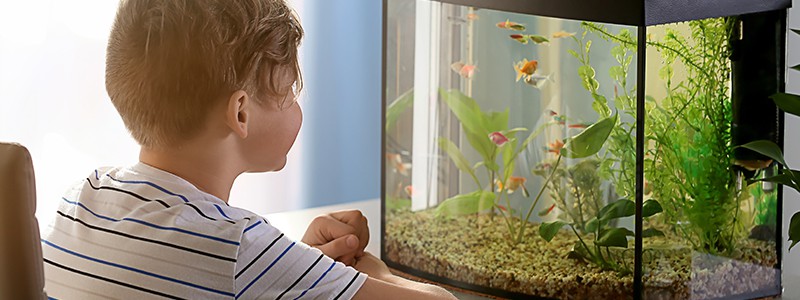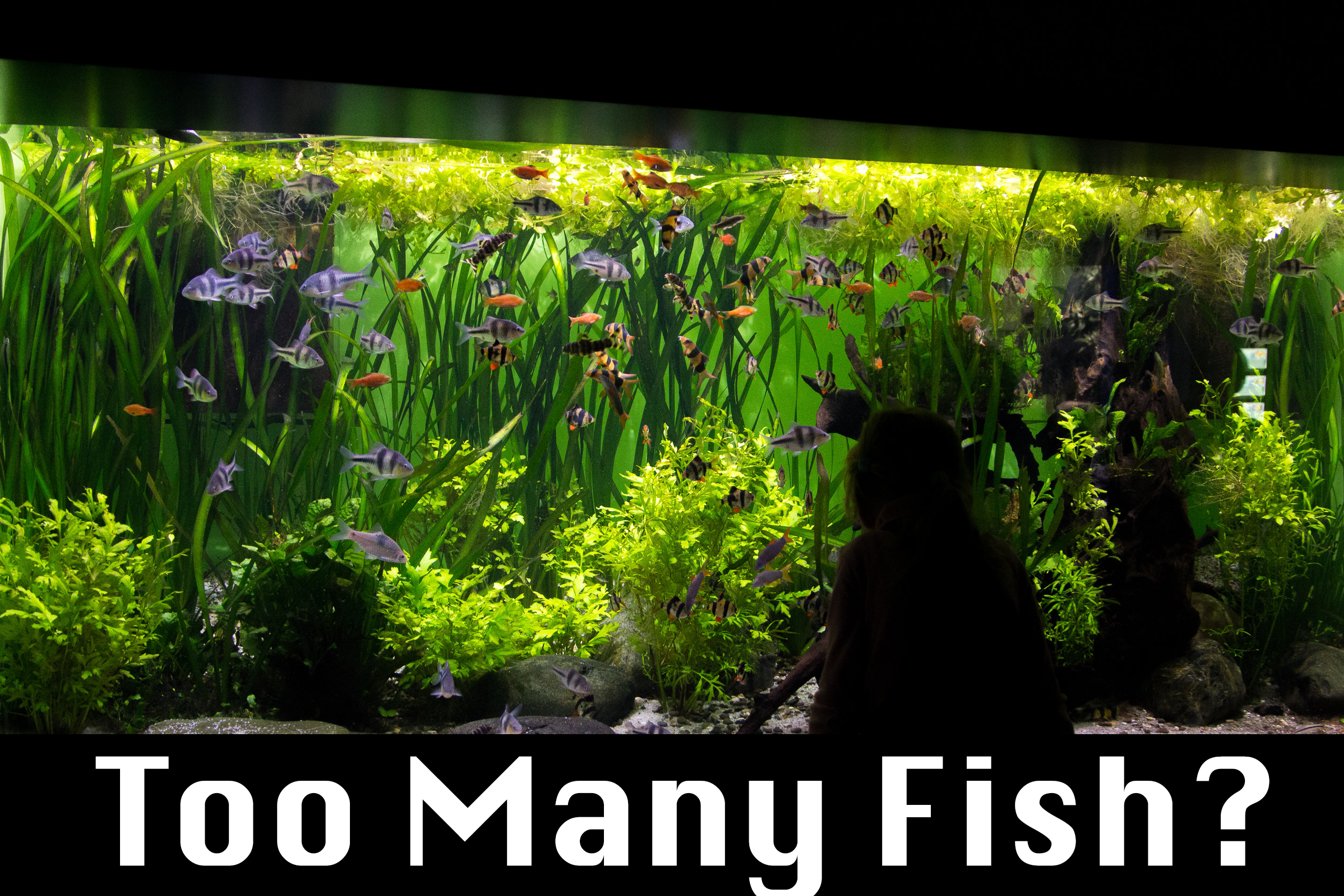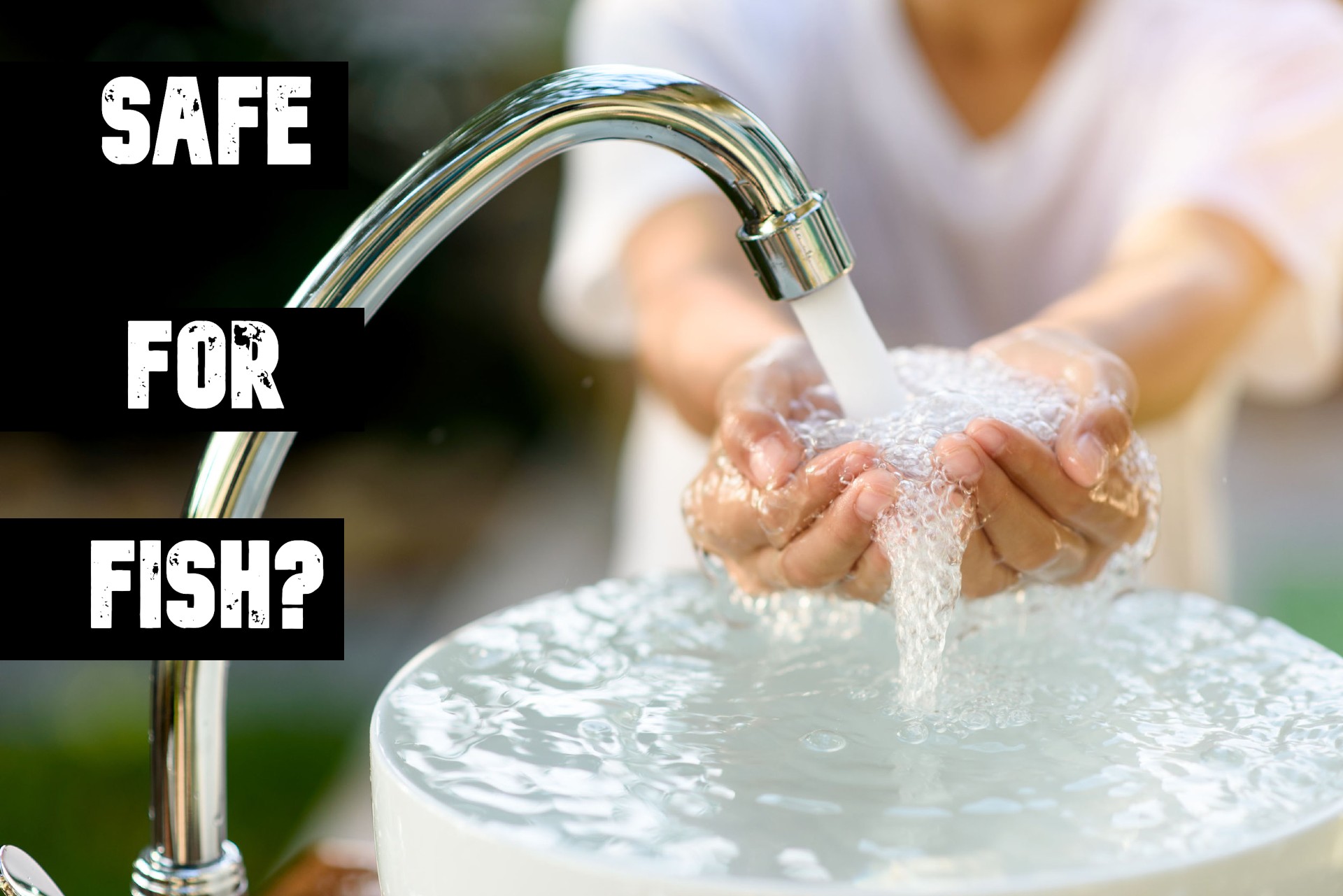Driftwood adds character to any aquarium. However it’s used, alongside rocks, stones, and plants, it’s an integral part of core aquarium design and layout. There are tons of types of aquarium Driftwood, each with its own characteristics, strengths, and weaknesses.
The color and shape of the driftwood you use are also important because it has to complement the layout you are looking to achieve, and benefit fish. Also, from a safety point of view, you need to be educated on using driftwood, otherwise, you could harm your fish.
So let’s take a good look at the best types of driftwood you can use in your aquarium, as well as give you advice on the circumstances that work best, so you can set up the perfect environment for your fish.
Hardscaping Or Aquascaping?
You really have a straight choice between two different types of landscape within your aquarium:
Hardscaping, where you use hard natural materials to create the environment. Rocks, stones, and yes, driftwood, create the environment, that you can then enhance with aquarium plant
Aquascaping, where the focus is instead on plants and creating a natural, usually lush green, environment. Rather than forming the core of the environment, in aquascaping, driftwood compliments and supports the plants that you use.
So it’s a straight-up choice on the visuals you want, and the environment you need for the type of fish that you are planning to put into your aquarium. Once you’ve made a choice between hardscaping and aquascaping, you’ll be in a clearer position to start considering the types of driftwood that will provide the features and durability you will need.
What are the Types of Aquarium Driftwood?
1. Manzanita Driftwood
Let’s talk about Manzanita driftwood first, because it’s one of the most widely used. It has unique shapes and is also resilient and safe. Let’s take a look at some Manzanita Driftwood.
It’s a very popular type of aquarium driftwood, that’s equally good in either hardscaping or aquascaping tanks. It’s not cheap to buy in relation to some other types of driftwood, but it’s very long-lasting, which is one of the key reasons it’s so popular.
One word of advice, don’t use Manzanita driftwood that has not been cured. It will wreck the balance in your aquarium, and cause damage to the fish.
But generally, this type of driftwood is suitable for any size of aquarium, and any type of layout, due to its beautiful shapes, and its durability.
2. Cholla Wood
Cholla wood has useful properties and a lovely patterned surface. It’s often used as an ideal home for fry and freshwater shrimp, plus moss can be grown all over this wood. Let’s take a look at some Cholla Wood!
This wood is great for replicating logs in the water. But it’s also quite expensive in comparison to other types of driftwood.
Cholla wood is unfortunately one of the more brittle types of driftwood, due to its structure. It can be easily broken, and its fragility will increase over time in the water. You could be shocked to see your driftwood vanishing before your eyes in as little as a few months, but definitely within a year.
3. Mopani Driftwood
Mopani, or Colophosperum Mopane, is a solid and thick type of wood, but not actually true driftwood. It has strong branching which can be visually unusual, and it is definitely suited more to large aquariums than small ones. Here is where you can find some Mopani Driftwood!
Originating from Namibia, and sometimes just known as African driftwood, it is good environmentally as well. It has the ability to reduce the pH of water, and also soften it.
Its strength makes it really suitable as a support structure for displaying plants and allowing growth within the aquarium. Because it has a fantastically dark brown, earthy tone to it, it contrasts with the bright green of many aquarium plants to bring out their simple beauty.
However, be warned that if it’s not treated properly before use, then substantial quantities of tannins and humic acid can leak out of it in a relatively short space of time, which can be very damaging to fish and plants.
4. Malaysian Driftwood
This Southeast Asian driftwood is often purchased in large, linear shapes. It has a beautiful, dark orange hue to it, and is very suitable for creating a robust aquarium environment for plants to thrive in. Check out some Malaysian Driftwood here!
It’s very good for creating a riverbed environment as well, which makes it perfect for those types of fish. It’s dense, so it sinks and creates a fantastic base for plants to attach to.
Malaysian driftwood can create slightly more acidic conditions in the tank, which makes it perfect for fish like tetras, who love this water pH.
Because of its density, distinctive orange tone, and its suitability for forming a base on which aquarium plants can thrive, it’s often a top choice for many people developing an aquascaping landscape.
However, you need to make sure it’s treated before using it because it has the ability to leak a very large amount of tannins into the water if it’s not.
5. Spider Wood
You will not be surprised to know that it’s called Spider wood due to its appearance. This is because it’s derived from the roots of the Azalea. This root system is particularly suited because it’s robust and beautiful. This is where you can find some Spider Wood.
In fact, the interwoven structure of the roots is particularly pleasing aesthetically, which is why they can form a fantastic centerpiece, as well as provide an interesting habitat for smaller fish.
It’s a very delicate type of driftwood, which means it’s going to have to be used purely for its looks and playful abilities, rather than for structural purposes. You simply won’t be able to place or grow, anything on it.
The second reason, apart from its delicate nature, is you won’t be able to rest things on it, or grow on it, is because it disintegrates quite rapidly. You will need to replace it within six months usually, or 12 months if you are lucky. It must also be prepared before being placed in the aquarium so that it doesn’t leak toxins into the water.
“Can I use just any wood?”
Safe Wood for Freshwater Aquariums:
- Alder
- Apple
- Beech
- Birch
- Cherry
- Hawthorn
- Heather
- Oak
- Pear
- Sycamore
- Manzinta
- Cholla wood
- Colophospermum mopane or Mopani
- Malaysian
- Rosewood roots
- Mesquite
- Ribbon wood
- Madrona
- Azalea
- Button wood
- Linden trees
Toxic Trees that Should be Avoided:
- Cedar
- Evergreen
- Grape vine
- Horse chestnut
- Lilac
- Ivy
- Walnut
- Yew
- Rhododendron
Source: List of safe/toxic driftwood

Which Type Of Aquarium Driftwood Will You Choose?
As we said right at the beginning of this, there are two types of landscaping you can do in an aquarium, and it really is down to your tastes, and of course, the size of the aquarium and the fish you are going to put in it, as to which path you take.
To a degree, this will dictate the type of driftwood that you place in your aquarium. But with such a wide choice, you should be able to find the type, and size, that fit your requirements.
Just be sure that it’s treated in cured so that it is clean to go into the aquarium. Most aquarium driftwood from a reputable seller will already be treated, so you can put it straight in the tank, but you should always double-check the description.
If you want to be better safe than sorry, then you can clean the driftwood before you put it in the aquarium. Don’t ever clean it with chemicals, as these will soak into the wood. Just use warm water, and give it a gentle scrub. Then leave it to soak for a couple of days, changing the water as soon as it discolors, to get rid of as much possible contamination as you can.
Related Topics
If you like the article above, here are some other similar articles you should check out!
Why is Aquarium Driftwood Expensive?
Where does Aquarium Driftwood Come From?
Best Aquarium Sand Substrate for Saltwater, Freshwater, & Cichlid Tanks










